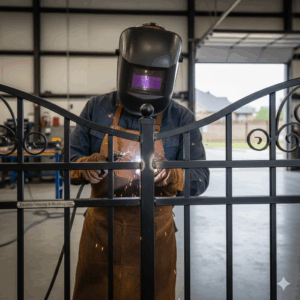Buying an old tractor can be a smart and cost-effective decision for small-scale farmers, hobbyists, or anyone interested in maintaining rural land. While modern tractors offer the latest technology, many find that an old tractor can meet their needs at a fraction of the cost. However, making the right choice requires some research and a careful look at several important factors. In this article, we’ll explore what to consider when choosing an old tractor and how to ensure you’re getting value for your money.
Why Choose an Old Tractor?
Old tractors are often praised for their durability, simplicity, and affordability. Built with fewer electronics and more mechanical parts, they are easier to repair and maintain without specialized tools. Many older models were designed to last decades, and with proper care, they still run efficiently today. For those with smaller farms, gardens, or livestock, an old tractor can be more than sufficient for tasks such as plowing, mowing, hauling, and light tillage.
Another major advantage of choosing an old tractor is the cost savings. New tractors can be expensive, often running into tens of thousands of dollars. In contrast, a well-maintained used tractor can be purchased for a fraction of the price. This allows new landowners or part-time farmers to invest their money elsewhere, such as in livestock or fencing.
Factors to Consider When Choosing an Old Tractor
When shopping for an old tractor, it’s important to consider a few key aspects to avoid future issues and costly repairs.
- Mechanical Condition:
Start by inspecting the engine, transmission, hydraulics, and brakes. Look for signs of oil leaks, worn belts, and rust. A tractor that starts easily and runs smoothly without excessive smoke is a good sign. Listen for unusual noises when the engine is running or when shifting gears. - Parts Availability:
Some older tractors may be difficult to repair if parts are no longer available. It’s a good idea to research the make and model to see if replacement parts are still being manufactured or if they can be sourced from salvage yards or aftermarket suppliers. - Intended Use:
Think about how you plan to use the tractor. Will you be using it for mowing, tilling, or hauling? Different attachments and horsepower levels are suited to different tasks. Make sure the old tractor you’re considering has enough power and can accommodate the implements you need. - Brand Reputation:
Certain brands, such as John Deere, Massey Ferguson, Ford, and International Harvester, have strong reputations for reliability and longevity. These tractors often have a wide network of enthusiasts and mechanics who can offer advice and assistance. - Budget and Resale Value:
Set a clear budget, including room for any repairs or upgrades that might be needed. Also consider the potential resale value if you choose to upgrade in the future. Some well-maintained old tractors actually appreciate in value over time, especially those considered classics.
Final Thoughts
Choosing an old tractor can be a rewarding decision if you take the time to research and inspect your options. Whether you’re looking to save money, enjoy the simplicity of older machinery, or restore a classic piece of farming history, an old tractor can be a reliable and valuable tool. By focusing on quality, condition, and your specific needs, you can find an old tractor that serves you well for years to come.









